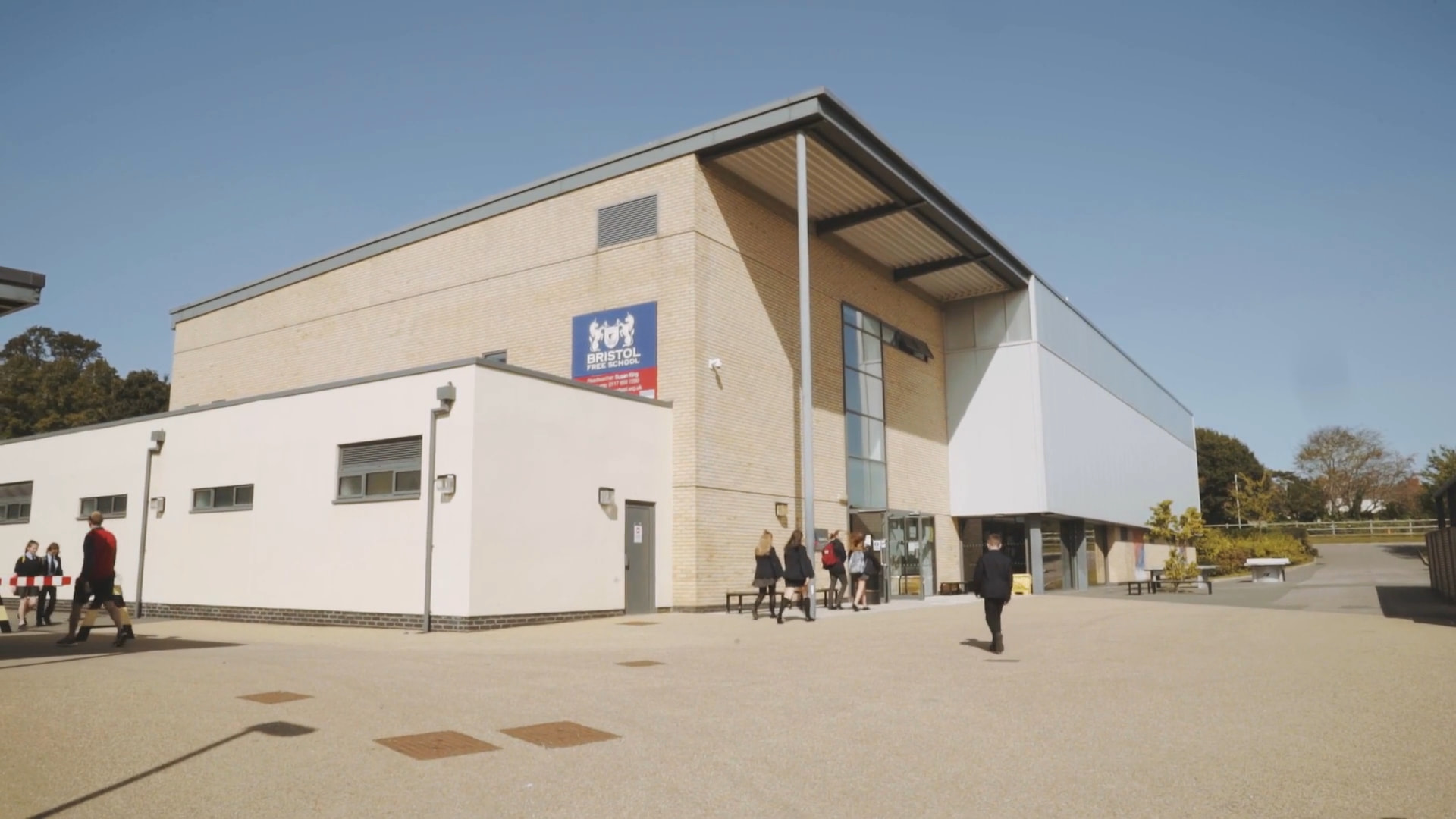
Students start the A level studying the work of Grayson Perry. Perry has been a prominant figure in the British Art Scene, especially during the Lockdown periods we have all recently experienced. Perry has encouraged people from all walks of life to engage more in art. Students will look at his work and how he uses storytelling in his textiles work and pottery. The first two terms will be spent learning more about textiles and using sewing as a form of drawing. Students will choose a topic that is important to them, and create their own textile art, inspired by Grayson Perry.
There is no assessed piece for this unit however students will take part in regular peer and self reflection, with oportunbitues to improve their work. There is a constant flow of verbal feedback.
Appreciate the achievements of other artists Reflecting on conceptual ideas in art Building resilience and self esteem
Becoming part of a creative community
Students explore further with their Grayson Perry study and spend time learning the craft of pottery. They learn more about hand building techniques and create a series of pots that tell stories. They will explore methods of glazing and slip decoration and experiemnt with image transfer techniques. Students will understand more about how glaze ceramics and how to fire pots in the kiln. Students will design and create their own large scale 'story' pot that completes their study and showcases all the skills learnt during this unit.
Students will be assessed on this complete project (from term 1-4) using all the assessment objectives and given opportunity to reflect on their work and progress.
Building resilience and self esteem Expression through own creative outcomes
Promoting peer assessment and self-reflection Encouraged to discuss their ideas; share thoughts and provide constructive advice within group discussions as a way for students to improve their own work
This is a practise for year 13. It is a practical unit with some written element in which candidates are expected to develop a personal investigation based on an idea, issue, concept or theme leading to a finished piece or pieces. The practical elements should be linked with some aspect of contemporary or past practice of artists, designers or craftspeople. Candidates should be selective when deciding what to submit for this unit
Students will be assessed on their project using the 4 assessment objectives
Becoming part of a larger creative community Look at the wider world of creative arts/industry Working independently and collaborate on ideas.
Encouraged to discuss their ideas; share thoughts and provide constructive advice within group discussions as a way for students to improve their own work
Students explore the history of self portraiture and experiment with a variety of materials to then create a series of self portraits. Students learn how to paint effectively and how to mix skin tones. They learn more about creative and expressive mark making and working to a larger scale. Students then showcase their outcomes with a mini exhibition and group crit.
Students will not be assessed on this. They will be regular verbal feedback and peer/self reflection opportunities during this unit.
Working independently and collaborate on ideas. Becoming a fine artist Promoting peer assessment and self-reflection Evaluating own work and progress
Appreciate the achievements of other artists